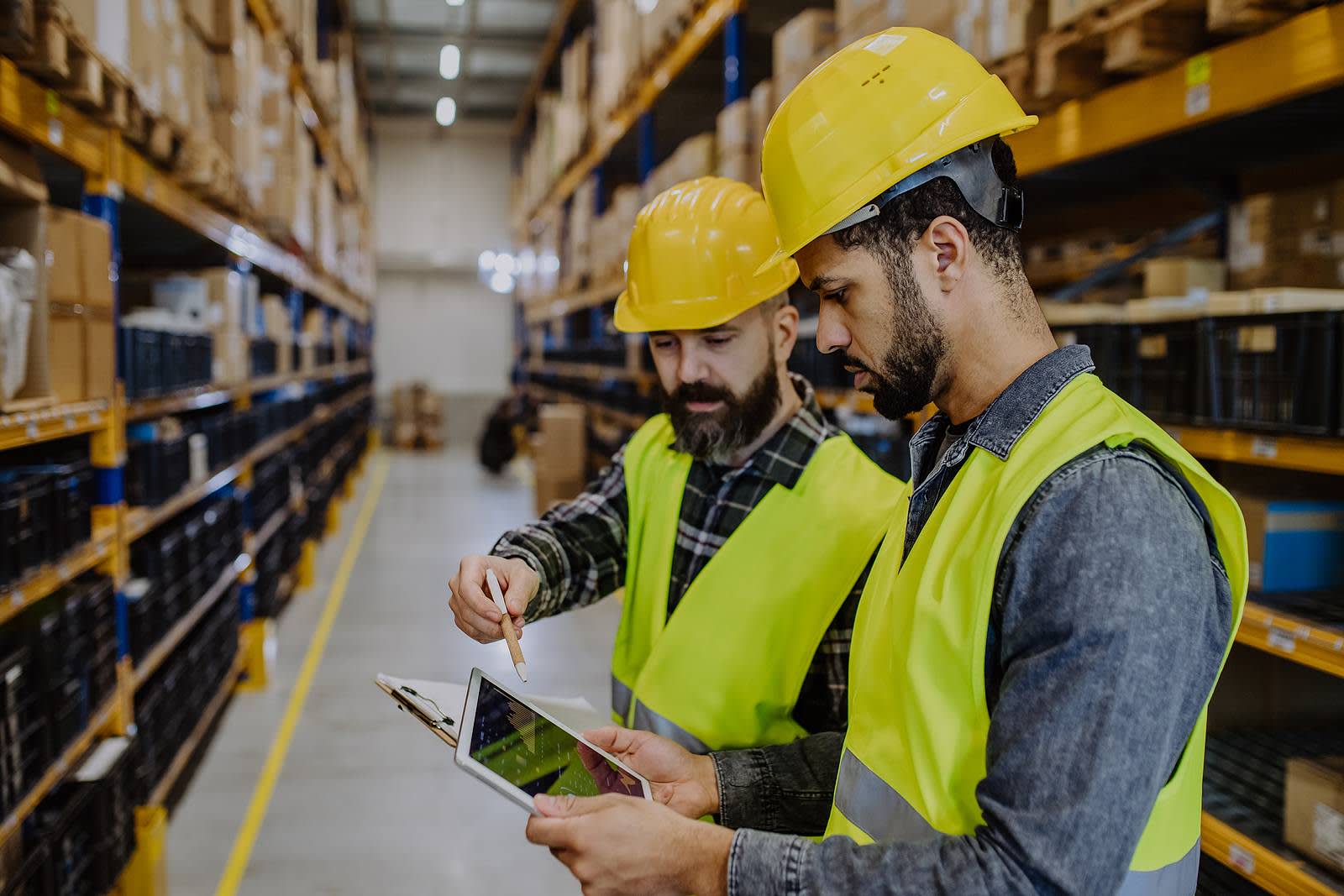How supply chains can unlock net zero
60% of carbon emissions are generated by supply chains. Decarbonising your own supply chain – and abating your Scope 3 emissions – plays a key role in helping you to reach net zero. Importantly, your business may be part of other organisations’ supply chains too. Decarbonising can help you prepare for when they turn to you to reduce your emissions.

Why do supply chains matter?
Many organisations have already taken action to decarbonise their own direct – or Scope 1 – Greenhouse Gas (GHG) emissions to meet their commitments to net zero. These may include converting their fleet to Electric Vehicles (EVs) or increasing the efficiency of their operational processes.
Many are also abating their Scope 2 emissions – indirect emissions linked to the energy or electricity they use – by buying renewable electricity.
But abating Scope 3 emissions is much more challenging. These are the GHG emissions that happen as a result of your organisation’s activities. They’re up- or downstream from your own activities and are therefore outside of your direct control.
It’s an enormous challenge, but it’s vital, because these emissions can be as much as 11.4 times greater than your organisation’s Scope 1 and Scope 2 emissions combined.
Provided your organisation is committed to genuine decarbonisation, then it’s in all our interest to do everything we can to help reduce our Scope 3 emissions.
How can you decarbonise your supply chain?
Quantify your Scope 3 emissions
Firstly, you need to measure your Scope 3 emissions. Which means you’ll need to work closely with suppliers and customers to identify and address emissions throughout your entire value chain. This is much easier to do with suppliers, as you can use contracts to set out your expectations. If you’re working with customers who aren’t interested in reducing their emissions, then that may be a sign that your values are not aligned.
Collaborate with your suppliers to set targets to reduce their emissions
Then you need to ensure that those suppliers take action to abate their emissions. Many organisations are now requiring their partners to set net zero targets through the Science Based Target initiative (SBTi) of their own, and to report on their progress towards those goals.
Your suppliers also need to make sure that any subcontractors or suppliers working for them – such as transport companies – measure and report their emissions too. You need to see the whole picture, so you’ll have to engineer a ‘reverse cascade’ of information flowing upwards from suppliers and their suppliers towards you.
What areas do Scope 3 emissions cover?
According to the GHG Protocol there are 15 areas of activity associated with your organisation which could lead to Scope 3 emissions. You’ll need to look at suppliers from all these areas of your supply chain too in order to decarbonise it.
- Purchased goods and services
- Capital goods
- Fuel- and energy-related activities
- Upstream transportation and distribution
- Waste generated in operations
- Business travel
- Employee commuting
- Upstream leased assets
- Downstream transportation and distribution
- Processing of sold products
- Use of sold products
- End-of-life treatment of sold products
- Downstream leased assets
- Franchises
- Investments
Which companies are decarbonising their supply chains?
Many of the world’s leading companies are already engaged in abating their Scope 3 emissions.
At Drax, we’re engaging with suppliers across our entire value chain, including third party pellet producers, maritime freight and rail suppliers and suppliers of capital goods, in order to understand how we can work effectively together to reduce emissions. These engagements can take the form of informal ideas sharing through to formal joint ventures.
Multinational giant Unilever is another company that’s set itself an ambitious goal. They’re committed to reaching net zero across their Scope 1, Scope 2 and Scope 3 carbon emissions by 2039.
They’re working in partnership with their suppliers to abate emissions, prioritising partnerships with new suppliers who are already setting SBTi targets for emissions reductions. They’re embedding Scope 3 emissions abatement in the very heart of their business.
At Drax, we’ve committed to achieving ‘carbon negative’ status by 2030, ensuring that we’re removing more tonnes of greenhouse gases than our value chain emits.
Our Carbon Reporting Guide can help your partners
It’s vital to understand the scale of the task ahead of you when you set about decarbonising your supply chain. That means you need anyone who is supplying you – and anyone who is supplying them – to calculate their Scope 1 and Scope 2 emissions and report them to you.
Our Guide to Carbon Reporting can help your organisation and your partners to do that. It’s designed to help organisations calculate their GHG emissions and meet the Streamlined Energy and Carbon Reporting (SECR) criteria.
Download your free copy

